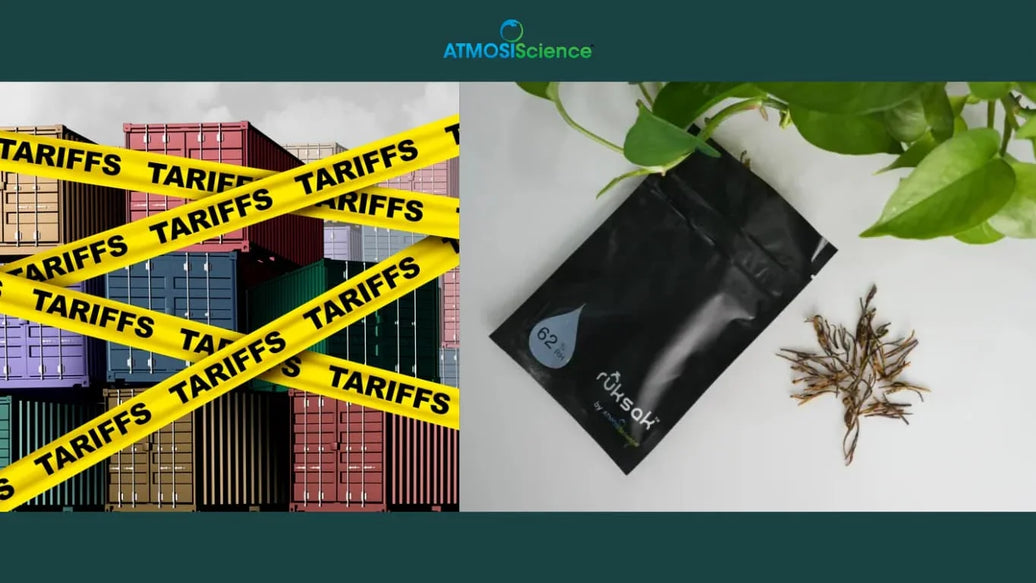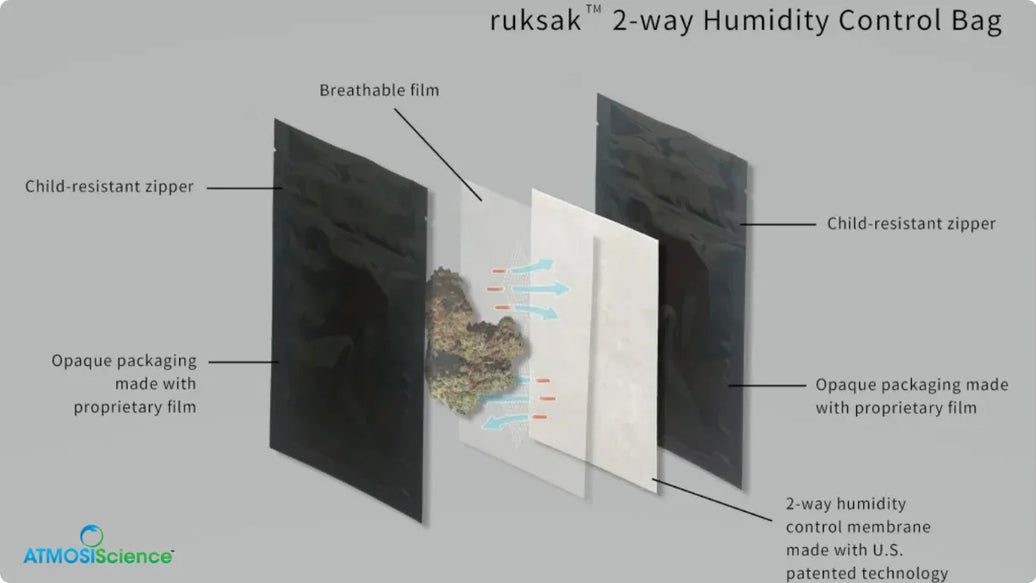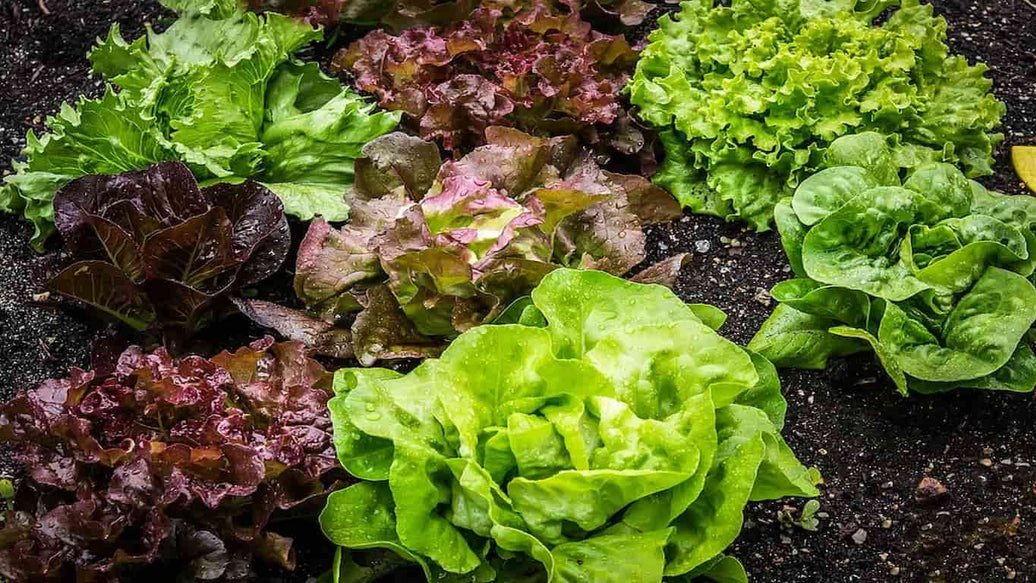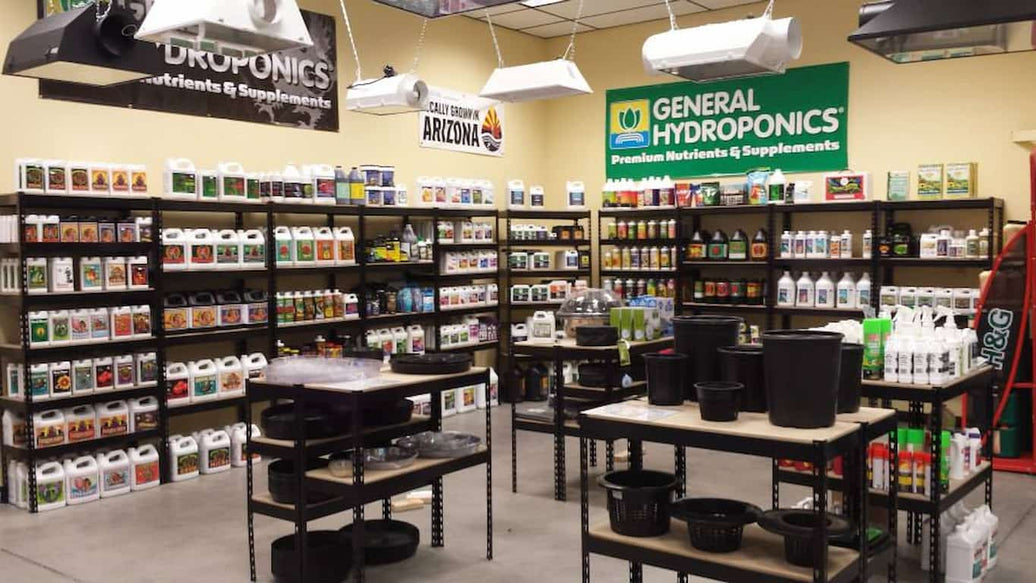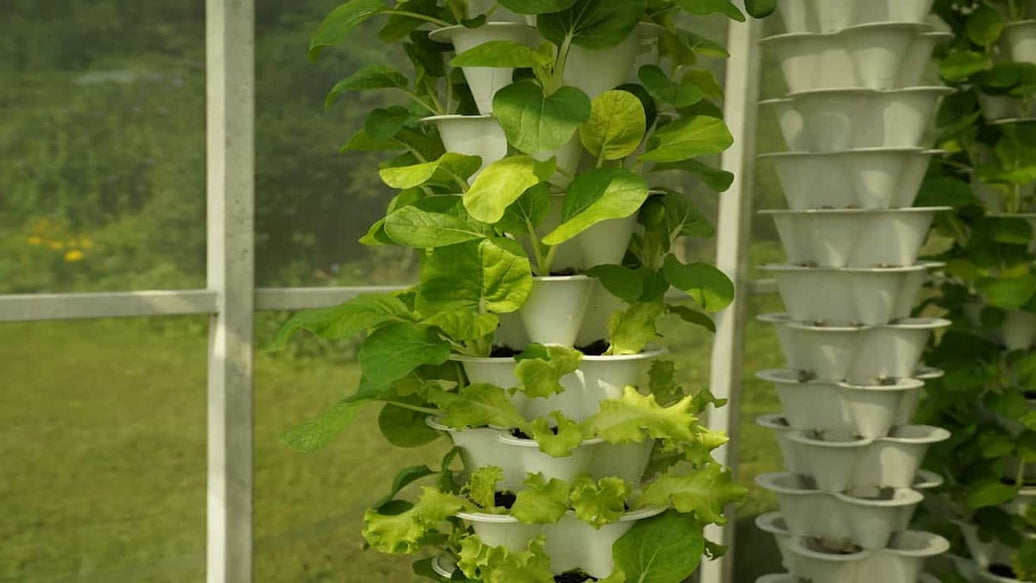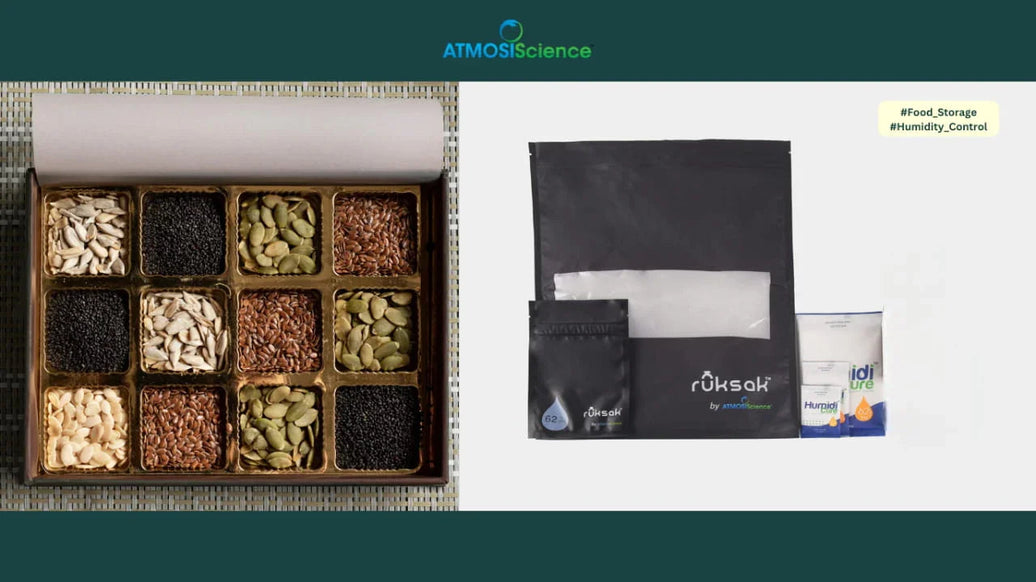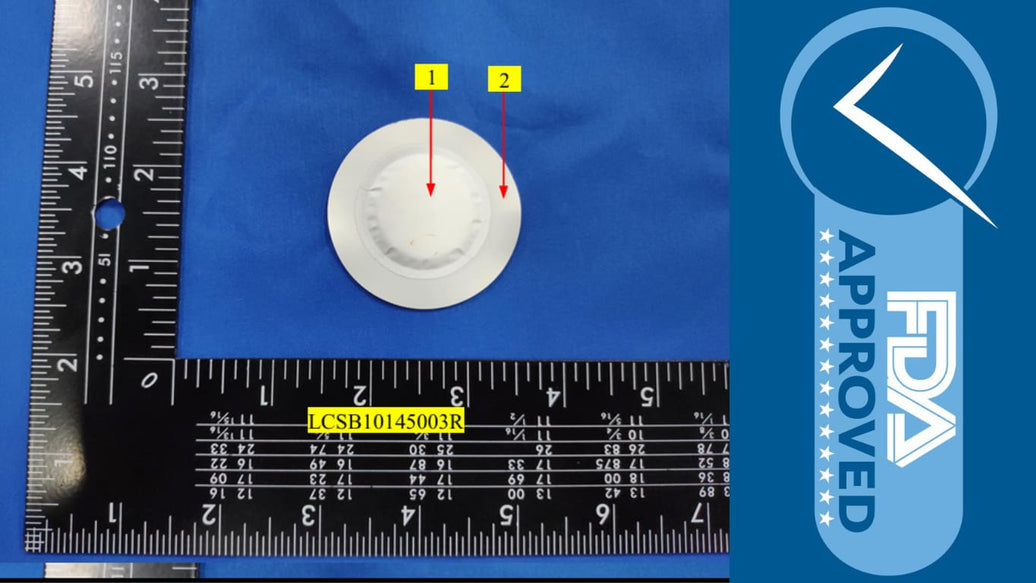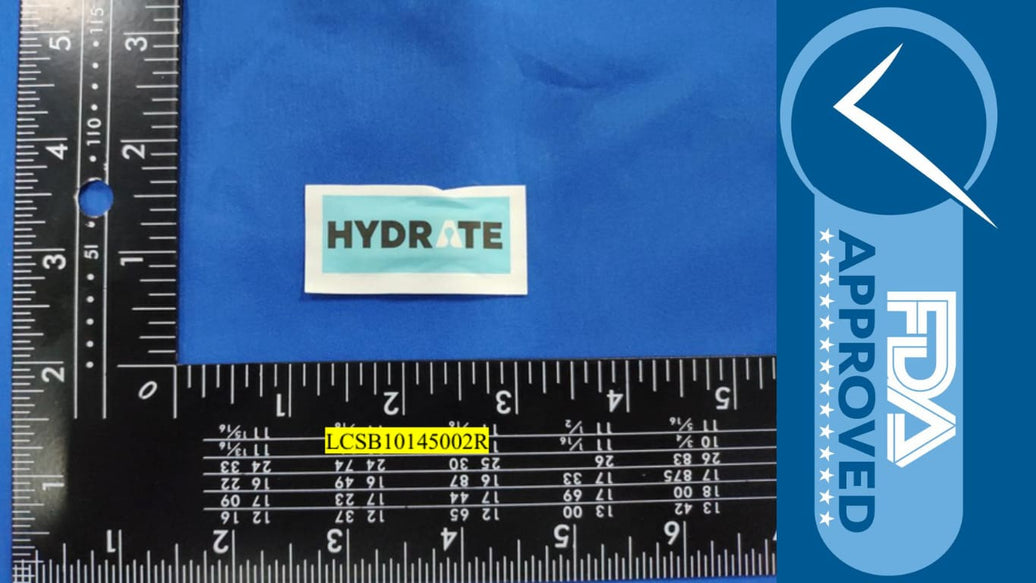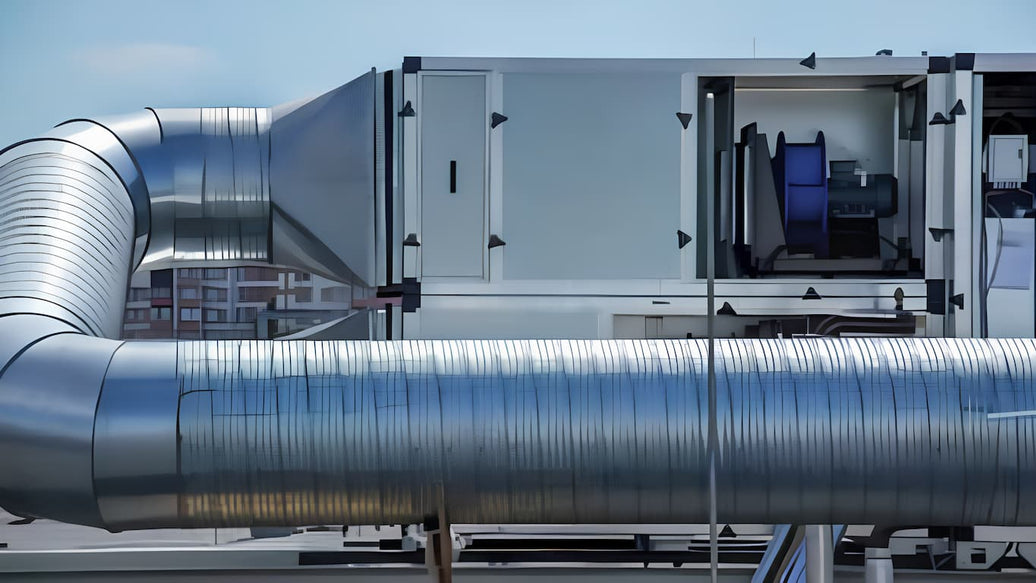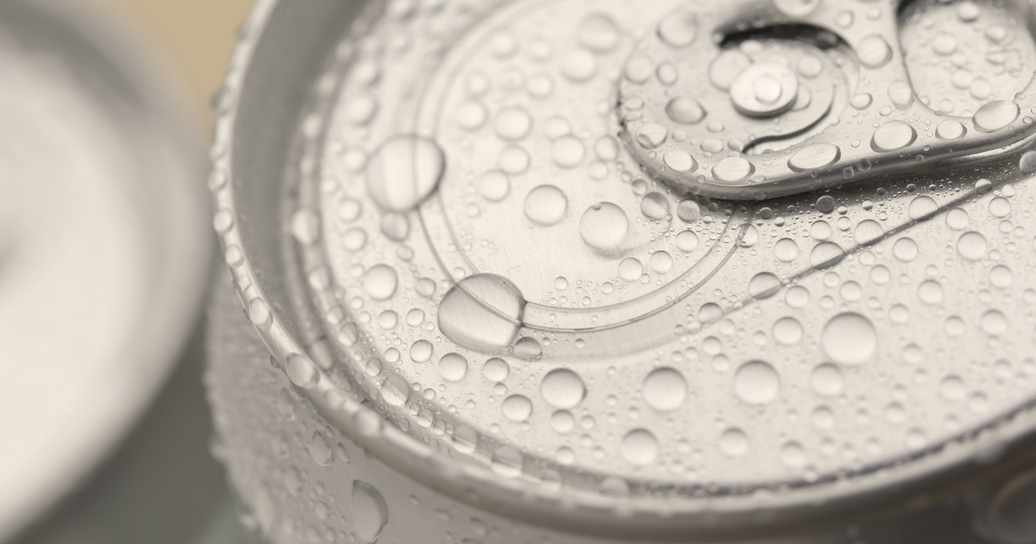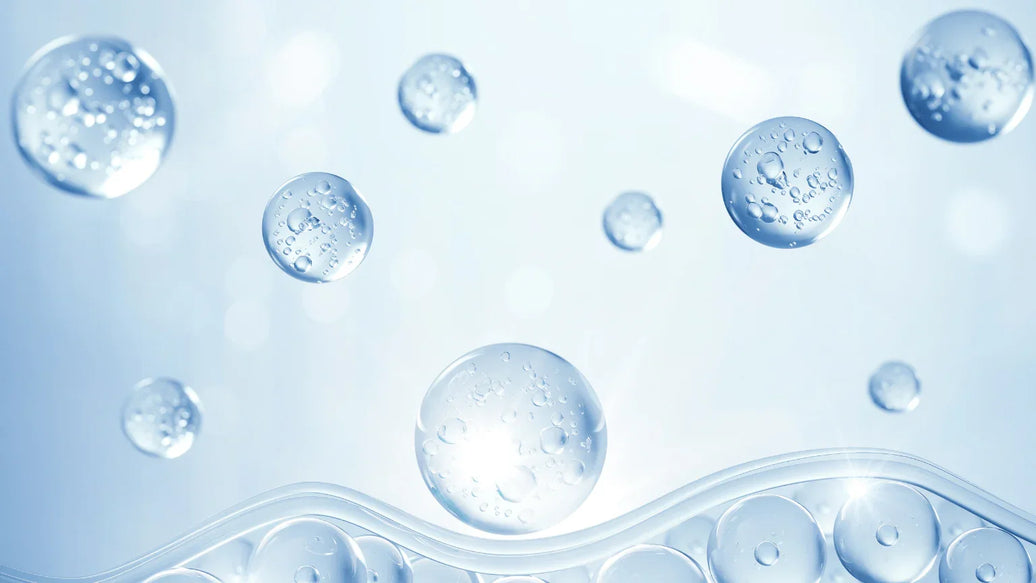Humidity control isn’t about blindly absorbing water. It’s about mastering equilibrium. And to do that, you don’t start with relative humidity (RH) - you start with water activity (Aw). At ATMOSIScience, we’ve built our entire two-way humidity control technology on this core principle: stabilize Aw, and you stabilize everything that depends on it.

Whether you're preserving terpenes in cannabis, preventing mold in cigar storage, or extending the shelf life of pharmaceuticals, understanding Aw is the key to long-term, stable performance.
RH vs. Aw: A Deeper Look at What Actually Matters
Relative Humidity (RH) measures how much moisture is in the air relative to the maximum it can hold at a given temperature. But RH can fluctuate wildly.
Water Activity (Aw), however, is a measure of how much moisture is actually available for biological reactions, spoilage, or microbial growth. It ranges from 0 to 1.0. For example:
-
Mold growth is inhibited below Aw 0.6
-
Pharmaceutical stability depends on precise Aw to avoid hydrolysis or crystallization
ATMOSIScience focuses on Aw as the control variable, because it’s what determines the real-world behavior of materials.
Our Fiber-Based Material: Precision Built into the Structure
ATMOSIScience’s proprietary material is made from biodegradable bamboo and wood pulp fiber. It’s not a pack you add inside the container. It’s built into the product — from liners to bags to jars.
This fiber matrix is infused with hydrophilic polymer groups. These groups interact with the environment through physical and chemical adsorption, dynamically absorbing or releasing moisture to maintain a target Aw. The system doesn’t overcompensate. It corrects just enough to restore balance.
-
No salt
-
No liquids
-
No leakage risk
Two-Way Functionality: Designed to React with Purpose
Unlike traditional desiccants (which only absorb), ATMOSIScience materials are truly two-way:
-
In dry environments, they slowly release moisture to prevent overdrying and preserve oils, aromas, and structure.
-
In humid conditions, they absorb excess moisture to prevent mold, corrosion, or degradation.
What makes this possible? The system doesn’t just react passively. It uses the difference in Aw between the material and the surrounding air to regulate microclimates with an accuracy of ±2% RH.
The HaaS System: From Material to Measured Microclimate
Our advanced HaaS (Humidity-as-a-Service) platform brings intelligence to our materials:
-
IoT sensors collect real-time temperature and RH data
-
Predictive modeling simulates moisture flow and Aw equilibrium
-
Cloud integration with MES/ERP/QMS enables full lifecycle traceability and optimization
This transforms humidity control from a reactive accessory into a predictive, scalable system. It means businesses can forecast shelf life, simulate storage conditions, and optimize packaging - before products even leave the factory.
Applications: Where This Matters Most
-
Pharmaceuticals: Protect hygroscopic drugs and ensure compliance with USP 671
-
Museums & archives: Avoid RH spikes without relying solely on HVAC systems
-
EV & electronics: Prevent condensation and extend component lifespan
From Chemistry to Control
Anyone can throw a moisture pack into a jar. But true control requires understanding what you're managing, and why.
ATMOSIScience's fiber-based, Aw-driven humidity control is more than a product. It's a scientific system — a fusion of material innovation and real-time intelligence. And it’s redefining what’s possible in industries that can’t afford to guess when it comes to moisture.
Don’t just control humidity. Master it.

